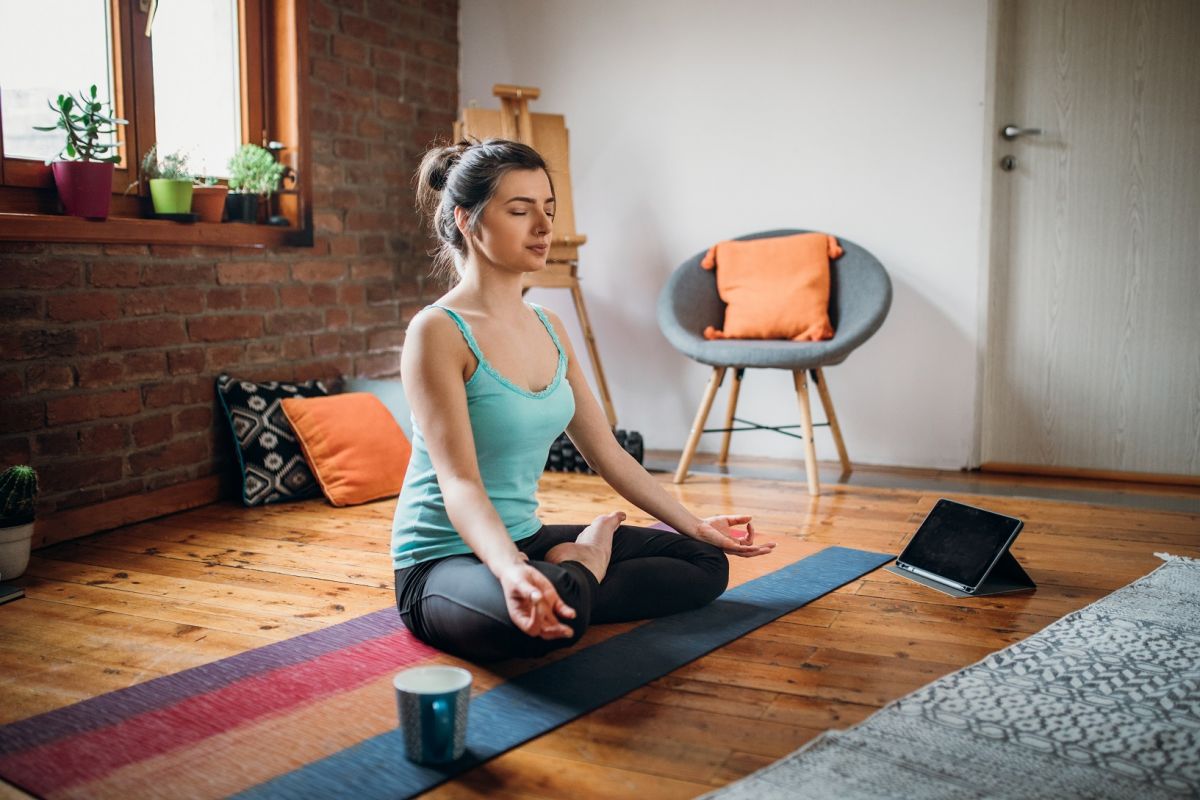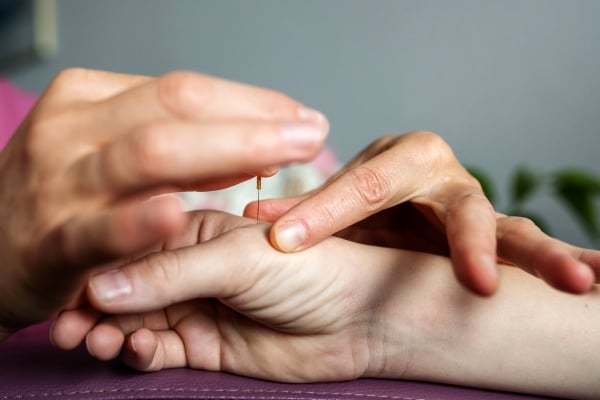
How to use habits to build a mindfulness practice
You’ve probably heard of the benefits of mindfulness, but what does it mean to have a mindfulness practice?
According to Jon Kabat-Zinn, one of the most influential researchers in the field of mindfulness, the definition of mindfulness is “paying attention in a particular way: on purpose, in the present moment, and nonjudgmentally.” While the term mindfulness is a word used to describe a state of nonjudgmental awareness, mindfulness practice is an activity that facilitates and strengthens mindfulness.
Mindfulness practice is meant to foster an awareness of the present moment and is based on acceptance and non-judgment. One common misconception is that the sole purpose of a mindfulness practice is to foster well-being and a sense of calm, but these are just positive side-effects, according to many researchers.
Lastly, you should think of mindfulness practice as an umbrella term, like sports. You might find one mindfulness practice more enjoyable and suitable than another, the same way you might enjoy playing hockey more than tennis.
The three most common types of mindfulness practice are meditation, yoga and qigong/tai chi. If you’re looking to get started, here are a few things that can help you sustain your practice.
Define your motivations

Before you get started, make sure to define your motivation for starting a mindfulness practice. People who do so are more likely to continue their practice. Write a short inspirational statement and post it somewhere you’ll see it every day, like next to the bathroom mirror or near your computer monitor.
Start small
Many of us assume that mindfulness will come easily. We believe we’ll be able to maintain our focus for a long time, but little did we know, not many of us can practice for more than 10 minutes at first. Don’t set too big of a goal at first, as you’ll set yourself up for failure. Experiencing failure might make you feel like you’re not good enough, making you more likely to give up. That being said, this is a very common problem that many people encounter. By starting small and choosing a realistic goal, you’ll be more likely to succeed, helping you build your confidence.
Make it convenient
When it comes to building a new habit, it’s important to make it as convenient as possible, simply because we are more likely to do things that are easy to do. A slight change in our environment can make a huge difference. For example, let’s say that you want to build a habit of doing push-ups in the morning. Rather than forcing yourself to get down on the floor and do push-ups, imagine what would happen if you put your alarm clock under your bed. To shut off the alarm clock, you have to get down on the floor. And while you’re down there, you might as well do a couple of push-ups. This technique is called nudging and we can use it to our advantage.
Find an accountability partner

Mindfulness practice is a solitary activity by nature. However, it doesn’t mean that we can’t have a partner to ensure accountability. Research has shown that people who practice with a group or with their partners tend to maintain their practice better. Try looking for a meditation or yoga group in your community.
If you’d like to schedule an appointment with a Lifemark clinician, check out our Locations page to find a clinic near you or book online.



